1. Overview
Maria Domenica Mazzarello (1837-1881) was a pivotal Italian Catholic nun who co-founded the Salesian Sisters of Don Bosco, officially known as the Daughters of Mary Help of Christians. Her life was marked by a profound dedication to the education and welfare of young women, particularly those from marginalized backgrounds. Born into a humble peasant family in Mornese, Italy, Mazzarello's early life was shaped by deep faith and a strong work ethic. A severe illness in her early twenties led to a spiritual transformation, redirecting her life's mission towards serving vulnerable girls. She initiated a sewing school, which evolved into a comprehensive educational and protective environment for local girls at risk. Her collaboration with John Bosco formalized this mission, leading to the establishment of a religious congregation committed to empowering young women through education and vocational training. Mazzarello's vision and the enduring work of the Salesian Sisters have significantly contributed to social development by providing opportunities and improving the well-being of countless girls worldwide, reflecting a commitment to social justice and human dignity.
2. Life
Maria Domenica Mazzarello's personal journey, from her humble beginnings in a small Italian village to her pivotal role in establishing a significant religious order, was one of unwavering faith and dedication to social upliftment.
2.1. Early Life and Background
Maria Domenica Mazzarello was born on May 9, 1837, in Mornese, a village located in what is now the province of Alessandria, northern Italy. She was the eldest of ten children born to Joseph and Maddalena Calcagno Mazzarello, a devout peasant family who worked in a vineyard. Her upbringing instilled in her a strong sense of faith and responsibility. At the age of fifteen, she joined the Association of the Daughters of Mary Immaculate, a pious union known for its charitable works and led by the local parish priest, Domenico Pestarino. This association served as a crucial precursor to the eventual founding of the Salesian Sisters. Within the association, Maria quickly distinguished herself through her rational judgment, unwavering dedication, joyful spirit, and profound love for young people. Children in the village were often drawn to her, following her wherever she went and enjoying her company.
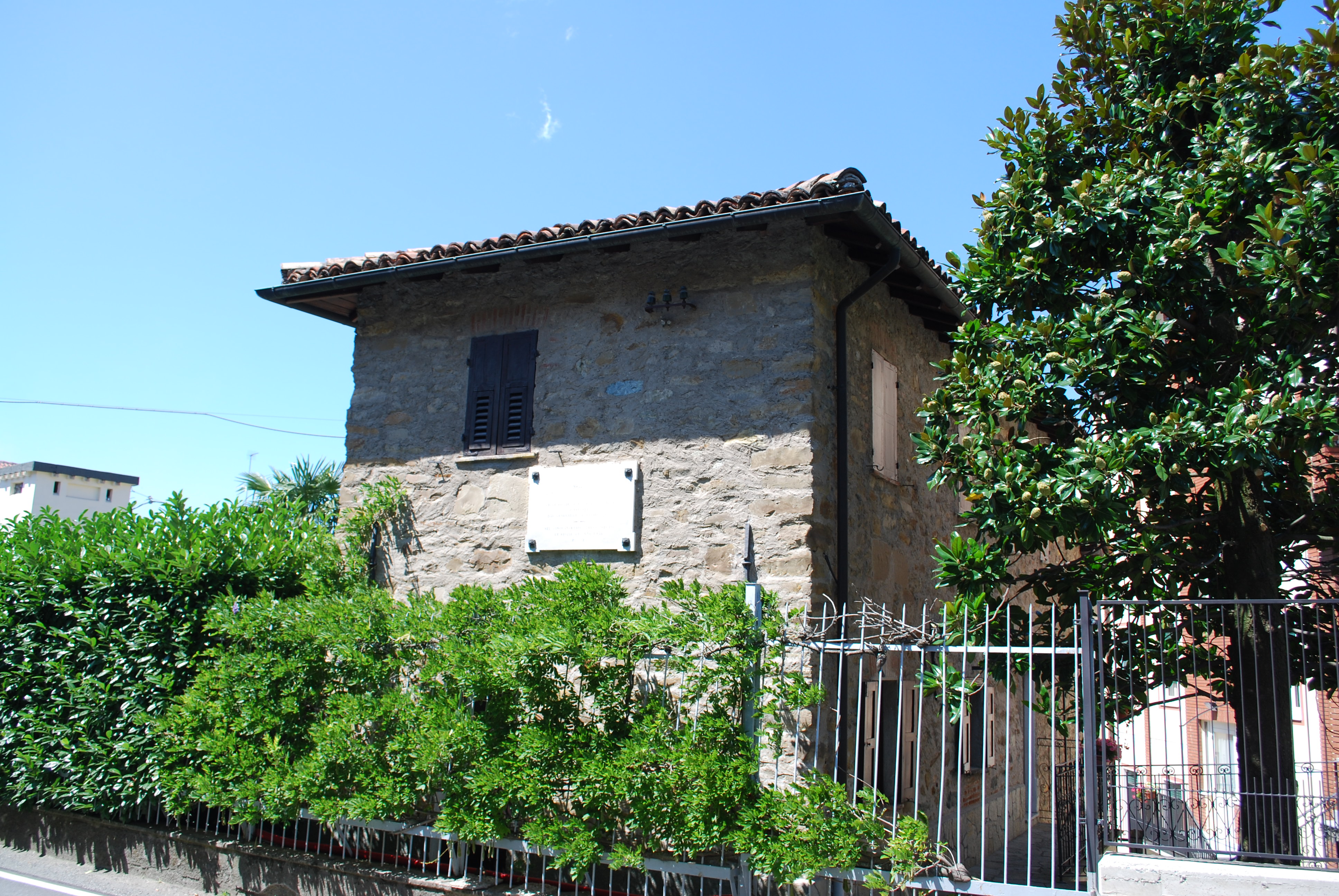
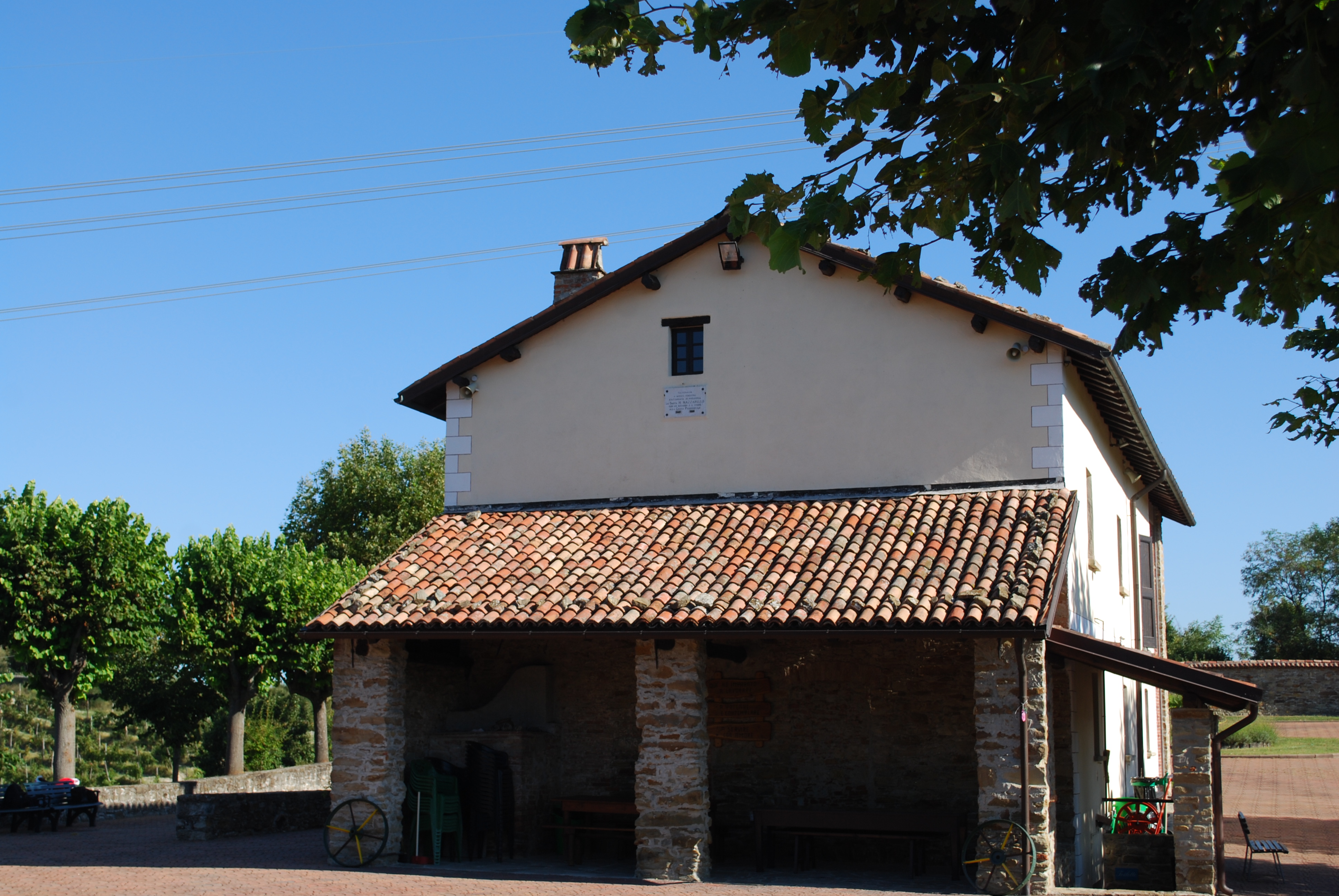
2.2. Illness and Transformation
In 1860, when Maria was 23 years old, a severe typhoid epidemic swept through Mornese, causing widespread illness and death among the villagers. Maria's aunt and uncle fell gravely ill, and she bravely volunteered to care for them and their many children, demonstrating immense selflessness and compassion. After a week, her relatives began to recover. However, upon returning home, Maria herself contracted typhoid. Her condition was so severe that she received the last rites of the Catholic Church. Though she miraculously recovered, the illness left her significantly weakened. The robust physical strength that had previously allowed her to work diligently in the fields was gone, leaving her thin and frail. This profound experience of illness and recovery prompted a deep spiritual introspection, guiding her life's mission towards serving the vulnerable and dedicating herself to a higher purpose.
2.3. Educational Mission and Early Community
Following her recovery, Maria Mazzarello sought an apprenticeship as a seamstress in Mornese, diligently mastering the craft. Like John Bosco, she possessed the remarkable ability to pass on the skills she acquired in her youth to others who came after her. In October, after her illness, Maria was walking in her village when she was suddenly struck by a vision: she saw a large building with a courtyard filled with many girls playing and laughing. A voice distinctly said to her, "I entrust them to you." This vision solidified her conviction to dedicate her life to the education of girls, a pressing need in the 19th century.
Many young women in the city, including farm girls from the countryside, domestic servants, factory workers, and street vendors, faced significant risks, including juvenile prostitution. Maria was determined to educate them and teach them a trade, thereby protecting them from the dangers of street life. She persuaded several of her friends to join her in this ambitious project. This group, initially comprising fifteen young women, formed the nucleus of the Daughters of Mary Immaculate. Domenico Pestarino, their spiritual guide, dedicated himself to training them in the spiritual life and helped secure a communal living space for some of them, marking the beginning of religious life in Mornese. The Daughters welcomed and housed a few young girls, providing them with religious instruction and imparting their knowledge of dressmaking.
3. Founding of the Daughters of Mary Help of Christians
The establishment of the Daughters of Mary Help of Christians, also known as the Salesian Sisters, was a collaborative effort rooted in a shared vision for the education and care of girls, emphasizing principles aimed at social empowerment.
3.1. Collaboration with John Bosco
The work of the Daughters of Mary Immaculate came to the attention of John Bosco through Domenico Pestarino, who was himself undergoing training as a Salesian of Don Bosco under the saint. Inspired by his own vision concerning young girls, Bosco decided to meet with the Daughters. He traveled to Mornese with his boy band, ostensibly to raise funds for his Oratory. However, his true intention was to explore the possibility of establishing a female counterpart to the male Salesian religious order, drawing from the dedicated group of the Daughters of Mary Immaculate. This meeting proved to be a significant turning point, uniting their shared visions for youth apostolate and laying the groundwork for a formal partnership.
3.2. Establishment and Early Rule
In 1867, following his meeting with the Daughters and their enthusiastic reception of his proposal, John Bosco drafted their first rule of life. Maria Mazzarello, known for her good spirit, sense of humor, optimism, and charity, was the natural choice for the first superior of the new community. Despite her initial reluctance, she accepted the role out of obedience, becoming the first Mother of the young community at the age of thirty.
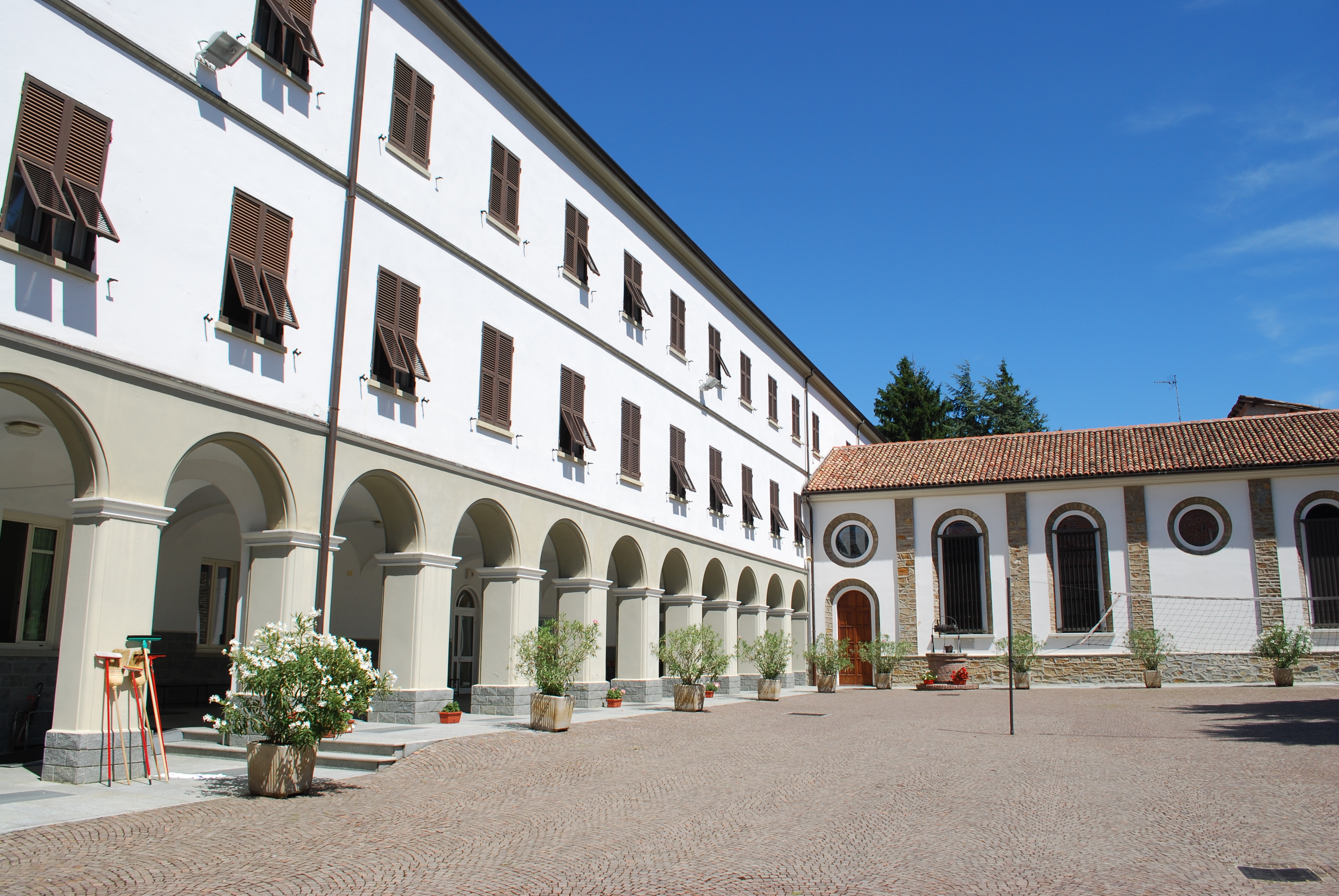
The early days of the congregation were marked by much formation, struggles, and difficulties, including challenges with the townspeople. A school for boys, which the town had raised money for and built, was turned over to the Daughters for their work by Bosco, causing some local resentment. Despite these obstacles, the day of their profession arrived. On July 31, 1872, Maria Mazzarello led the fifteen young women in professing their vows as religious women in the presence of the Bishop of Acqui, their spiritual father Bosco, and Pestarino. This date marked the official birth of the new religious family, the Daughters of Mary Help of Christians. As the feminine branch of the Salesian religious family, their mission was to do for girls what the Salesian priests and brothers were already doing for boys in Turin.
After being elected Mother General of the Salesian Sisters, Maria Mazzarello recognized the importance of literacy for herself and the other sisters, many of whom had never had the opportunity to acquire reading and writing skills. Her dedication extended beyond intellectual development; she was an attentive and caring mother figure in every sense, which is why she is still affectionately known as "Mother Mazzarello" by the Salesian Sisters today.
3.3. Missionary Endeavors
The Salesian Sisters' apostolate soon expanded beyond Italy. The first missionary sisters embarked on their journey to Uruguay in 1877, marking a significant step in the order's global outreach. Mother Mazzarello accompanied them to their port of call in Genoa, Italy, and then traveled by boat to France to visit the sisters already established there.
During her journey, their ship broke down in Marseilles and required repairs, forcing all passengers to disembark. Despite assurances that lodging had been prepared, a mix-up left the sisters without beds. Undeterred, Mother Mazzarello, known for her resilience, took the sheets they had brought, stuffed them with straw, and created makeshift beds for everyone. After a difficult night, everyone awoke, but Mother Mazzarello found herself unable to get up, suffering from a high fever and intense pain. The next morning, out of concern for her already exhausted companions, she managed to rise, see the missionaries off, and then continued her journey with the remaining sisters to their house and orphanage in St. Cyr.
4. Later Life and Death
Upon arriving in St. Cyr, Maria Mazzarello fainted and was confined to bed for forty days, diagnosed with pleurisy. Despite her doctor's advice against it, she eventually returned to Italy, expressing her wish to die within her own community. She made her return journey in stages, carefully managing her delicate condition. Fortunately, during one of her stops, she was able to meet with John Bosco for the last time.
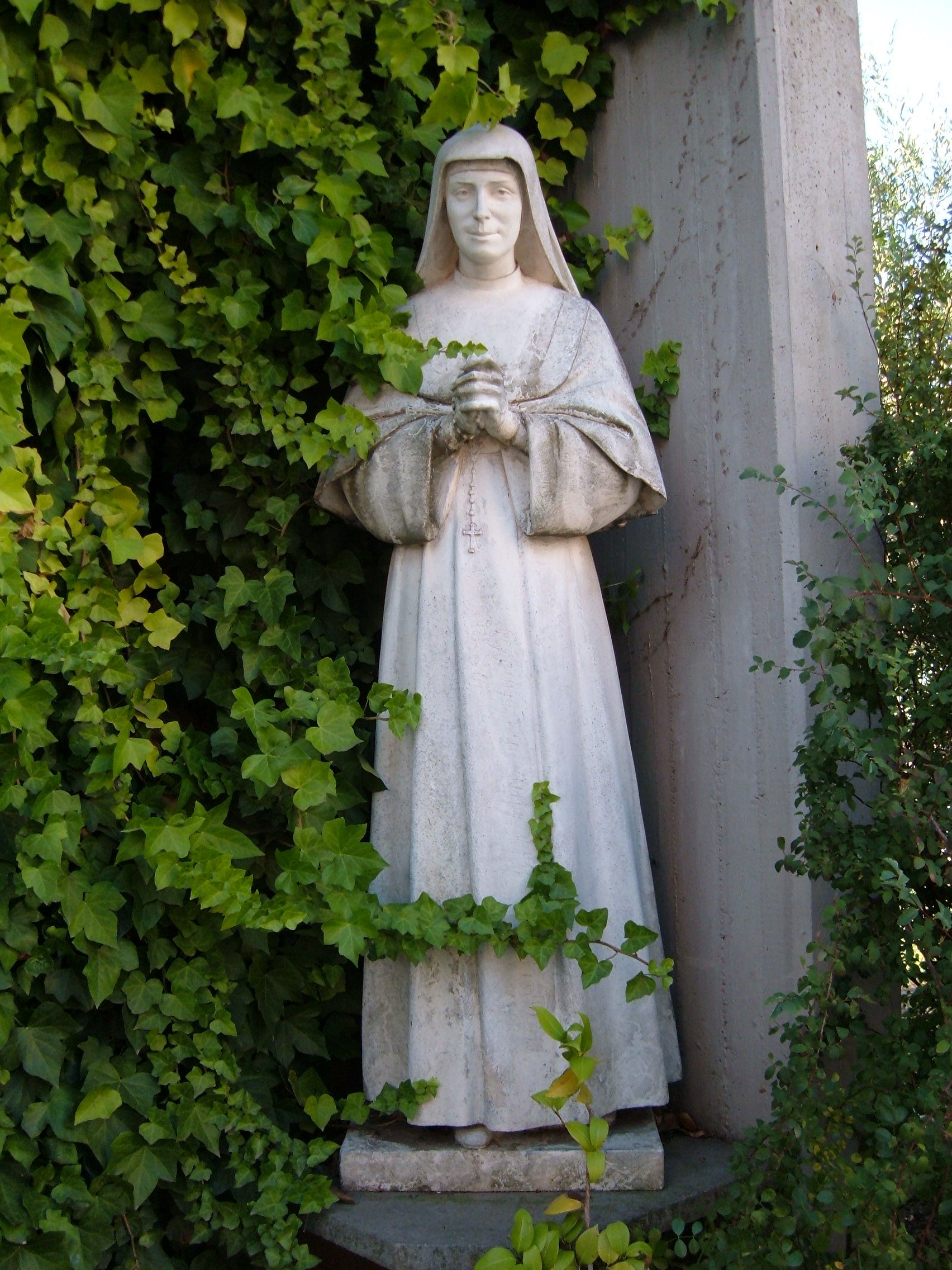
In early April, Maria returned to Nizza Monferrato. The familiar air seemed to strengthen her, and feeling somewhat better, she insisted on maintaining the community schedule and resuming her usual work. Unfortunately, this proved too much for her fragile health, and she relapsed. By the end of April, it became clear that her death was approaching. In the pre-dawn hours of May 14, 1881, Mother Mazzarello began her final agony. After receiving the last rites, she turned her attention to those gathered around her and weakly whispered, "Good-bye. I am going now. I will see you in heaven." She passed away shortly after, at the age of 44, having dedicated her life to the service of God and young women despite her physical challenges.
5. Veneration and Canonization
Maria Domenica Mazzarello's profound spiritual and social contributions were formally recognized by the Catholic Church through her beatification and canonization. She was beatified on November 20, 1938, and subsequently canonized as a saint on June 24, 1951. Her feast day is observed on May 13. Her incorrupt body is venerated in the Basilica of Our Lady Help of Christians in Turin, Italy, serving as a testament to her sanctity. A church in southeast Rome also bears her name, Santa Maria Domenica Mazzarello, Rome.
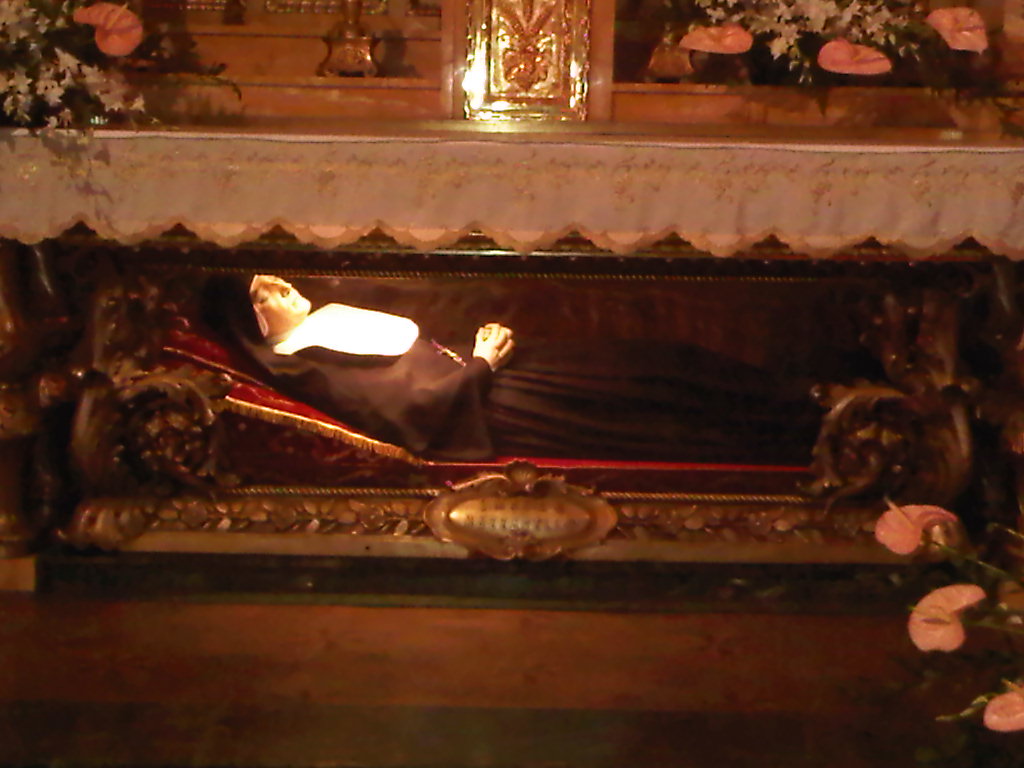
6. Impact and Enduring Legacy
The lasting influence of Maria Domenica Mazzarello's life and the Salesian Sisters on education, social welfare, and the empowerment of women and girls worldwide is immense. Her foundational work laid the groundwork for a global movement dedicated to uplifting young lives.
6.1. Contributions to Education and Social Welfare
Maria Mazzarello's vision for the education and protection of young women continues to be realized through the ongoing work of the Salesian Sisters, the Daughters of Mary Help of Christians. Her initiative to provide vocational training, particularly through sewing schools, was revolutionary for its time, offering girls practical skills that enabled them to achieve economic independence and avoid societal risks. The Salesian Sisters today operate schools, orphanages, and youth centers across the globe, providing comprehensive educational opportunities that encompass academic learning, vocational training, and spiritual formation.
Their work actively addresses social inequalities by focusing on marginalized young people, especially girls, who might otherwise lack access to quality education and supportive environments. By fostering their intellectual, moral, and social development, the Salesian Sisters empower young women to become self-reliant, contributing members of society. This commitment to holistic development and the provision of opportunities for the vulnerable aligns strongly with social liberal values, emphasizing the importance of education, protection, and empowerment for all, thereby significantly improving social conditions and fostering the well-being of countless young lives.